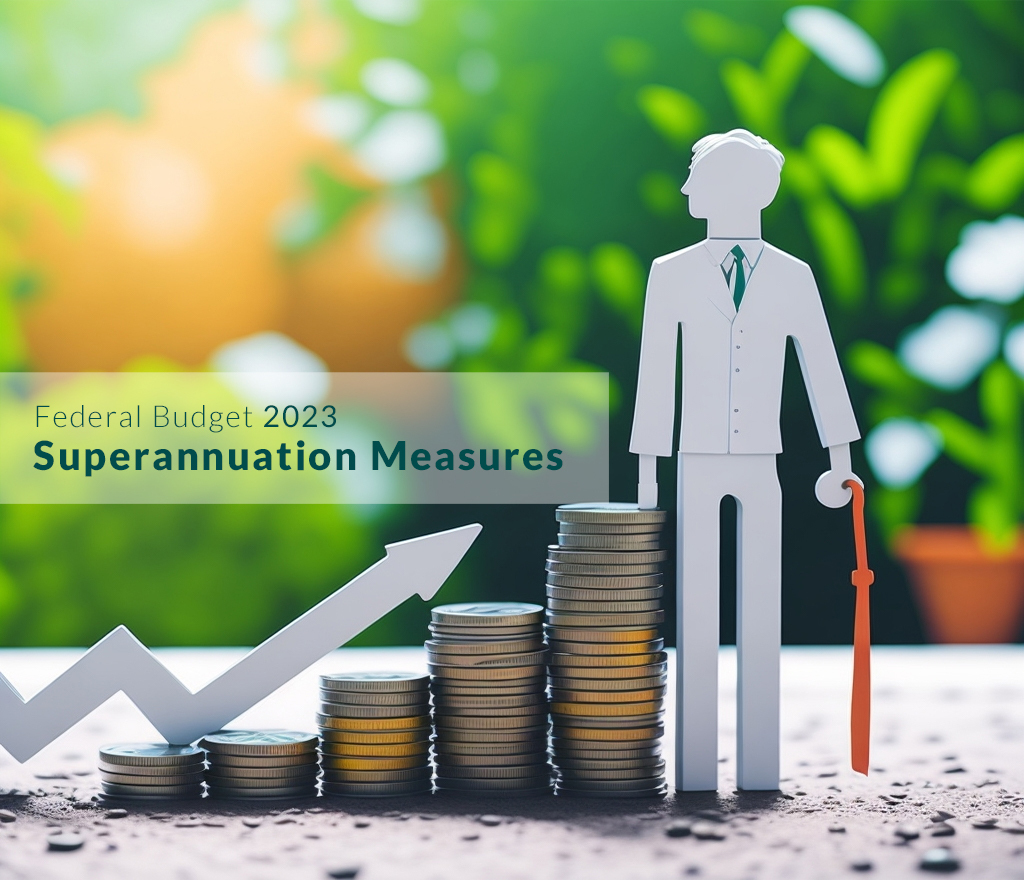Federal Budget 2023 – Superannuation measures: On May 9, 2023, Treasurer Dr. Jim Chalmers gave the government its second budget. The Budget for 2023–2024 builds a stronger base for a better future. It deals with the problems Australians are having right now, makes it easier for people to take advantage of opportunities in our society, and sets the groundwork for a stronger and more stable economy in the future.
Federal Budget 2023

The Government has announced a slender surplus, the first in more than a decade, and a range of measures primarily aimed at lowering the cost of living or improving welfare for those in difficult circumstances.
Government to amend the non-arm’s length income (‘NALI’) provisions.
The Government will amend the NALI provisions which apply to expenditure incurred by superannuation funds by doing the following:
Limiting income of self-managed superannuation funds and small Australian Prudential Regulation Authority (‘APRA’) regulated funds that are taxable as NALI to twice the level of a general expense. Additionally, fund income is taxable as NALI will exclude contributions.
Exempting expenditures that occurred prior to the 2019 income year.
Exempting large APRA-regulated funds from the NALI provisions for both general and specific expenses of the fund.
Increasing the frequency of superannuation guarantee payments
From 1 July 2026, employers must pay their employees’ superannuation guarantee entitlements on the same day they pay their salary and wages. Currently, employers are only required to pay their employees’ superannuation guarantee every quarter. By increasing the payment frequency of superannuation to align with the payment of salary and wages, this measure aims to ensure employees have greater visibility over whether their entitlements have been paid and better enable the ATO to recover unpaid superannuation.
Changes to the superannuation guarantee charge design will also be necessary to align with increased payment frequency. This package will particularly benefit those in lower-paid, casual, and insecure work who are more likely to miss out when the superannuation guarantee is paid less frequently.
Earnings for superannuation balances above $3 million are taxed at 30%
From 1 July 2025, the Government will reduce the tax concessions available to individuals with a total superannuation balance exceeding $3 million. Individuals with a total superannuation balance of less than $3 million will not be affected. This reform is intended to ensure superannuation concessions are better targeted and sustainable. It will bring the headline tax rate to 30%, up from 15%, for earnings corresponding to the proportion of an individual’s total superannuation balance greater than $3 million. This rate remains lower than the top marginal tax rate of 45%.
Earnings relating to assets below the $3 million threshold will continue to be taxed at 15%, or 0%, if held in a retirement pension account. Interests in defined benefit schemes will be appropriately valued, and earnings taxed under this measure similarly to other interests. This will ensure commensurate treatment. The measure will not place a limit on the amount of money an individual can hold in superannuation. The current contributions rules will continue to apply.
General Advice Warning
The material on this page and on this website has been prepared for general information purposes only and not as specific advice to any particular person. Any advice contained on this page and on this website is General Advice and does not take into account any person’s particular investment objectives, financial situation and particular needs.
Before making an investment decision based on this advice you should consider, with or without the assistance of a securities adviser, whether it is appropriate to your particular investment needs, objectives and financial circumstances. In addition, the examples provided on this page and on this website are for illustrative purposes only.
Table of Contents
 Get the full article as a PDF
Get the full article as a PDF




